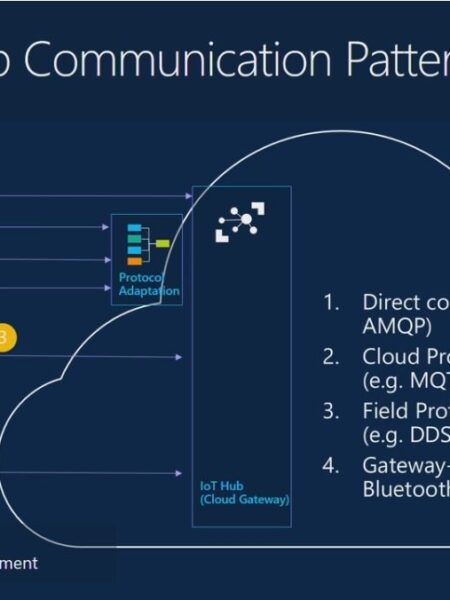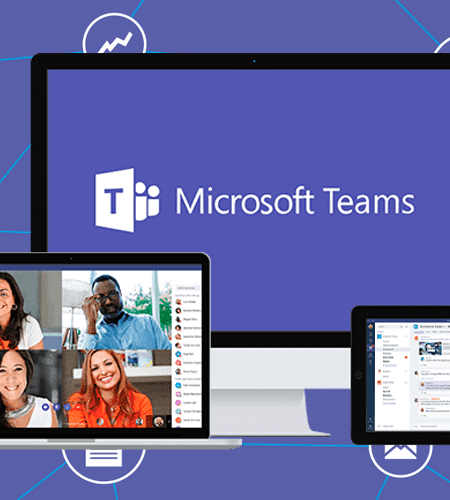Cloud security refers to the set of practices, technologies, and measures implemented to protect data, applications, and infrastructure in cloud computing environments. It focuses on securing cloud-based resources, services, and data from unauthorized access, data breaches, data loss, and other security threats. Cloud security involves a combination of measures implemented by both the cloud service provider and the organization utilizing cloud services. The responsibilities for security are t...
Microsoft Azure plays a significant role in supporting the Internet of Things (IoT) ecosystem by providing a robust and comprehensive platform for building, deploying, and managing IoT solutions. Here are some key ways in which Microsoft Azure supports IoT: 1. IoT Hub: Azure IoT Hub is a fully managed service that acts as a central hub for device-to-cloud and cloud-to-device communication. It provides secure and scalable connectivity for millions of IoT devices, allowing seamless bidirectional...
Cybersecurity governance refers to the framework, processes, and structures that organizations establish to manage and oversee their cybersecurity efforts. It involves defining clear responsibilities, establishing policies and procedures, and implementing mechanisms for decision-making, risk management, and compliance. Cybersecurity governance ensures that cybersecurity is effectively integrated into the organization's overall governance framework and aligns with its business objectives. &nbs...
For SME owners who are eager to understand how cloud-based services can revolutionize their businesses, you have come to the right place. As a business owner, you are continuously striving to remain relevant and optimize your profits without sacrificing quality, cost-effectiveness, and efficiency - cloud technology provides a promising solution to enable you to achieve all of these objectives! Small and Medium Enterprises (SMEs) can benefit significantly from relying on cloud services for sev...
Data Loss Prevention (DLP) is an important aspect of information security for businesses, helping to protect sensitive data from unauthorized disclosure or leakage. It's understandable that businesses periodically reevaluate their DLP investments and strategy to ensure they align with evolving threats, technology advancements, and regulatory requirements. But the growing complexity of IT environments due to the adoption of cloud technologies is making it even more challenging for organizations t...
Microsoft Teams has overwhelmed the cutting edge working environment. It has flawlessly crossed over the all around adored office applications on local and online platforms. With this pivotal development a couple of years back, no big surprise it was hailed as one of the biggest and quickest developing innovations across different enterprises. It has put the functionalities of a messengers, a PBX or cloud telephone, and productivity applications together in one climate. In order to fully leve...






